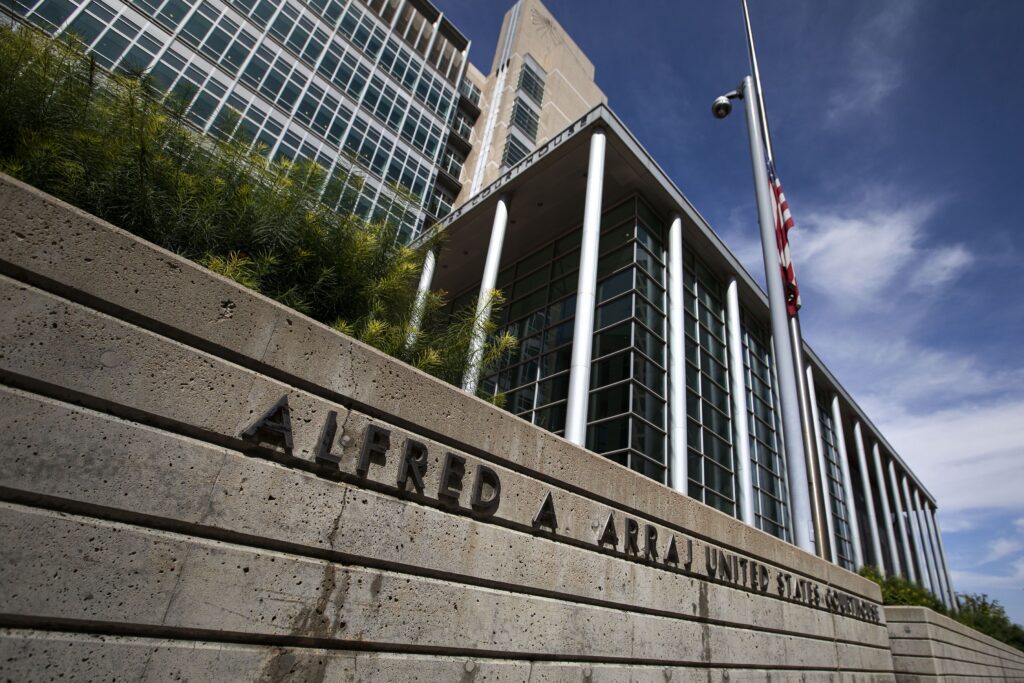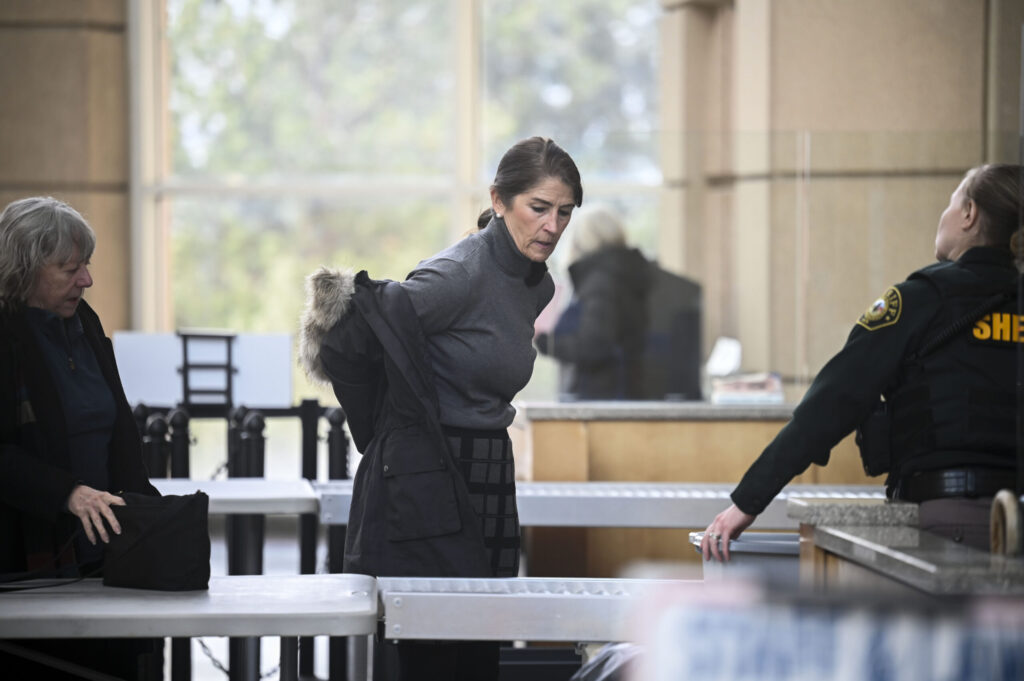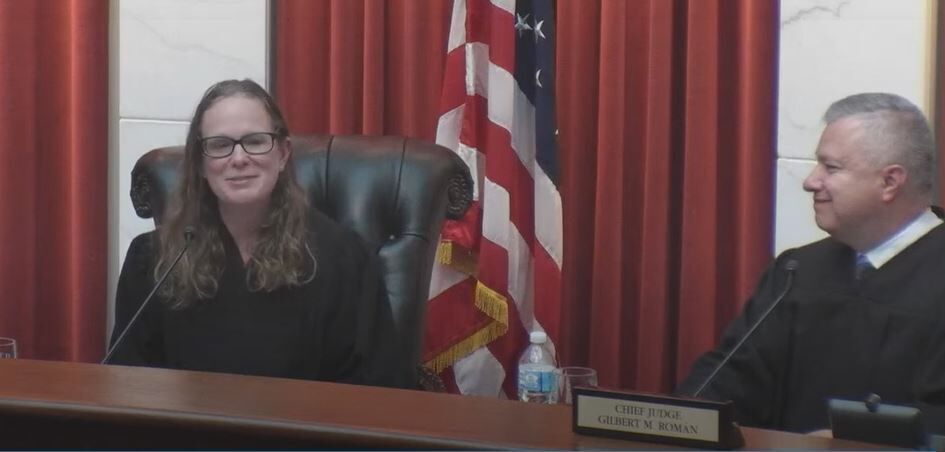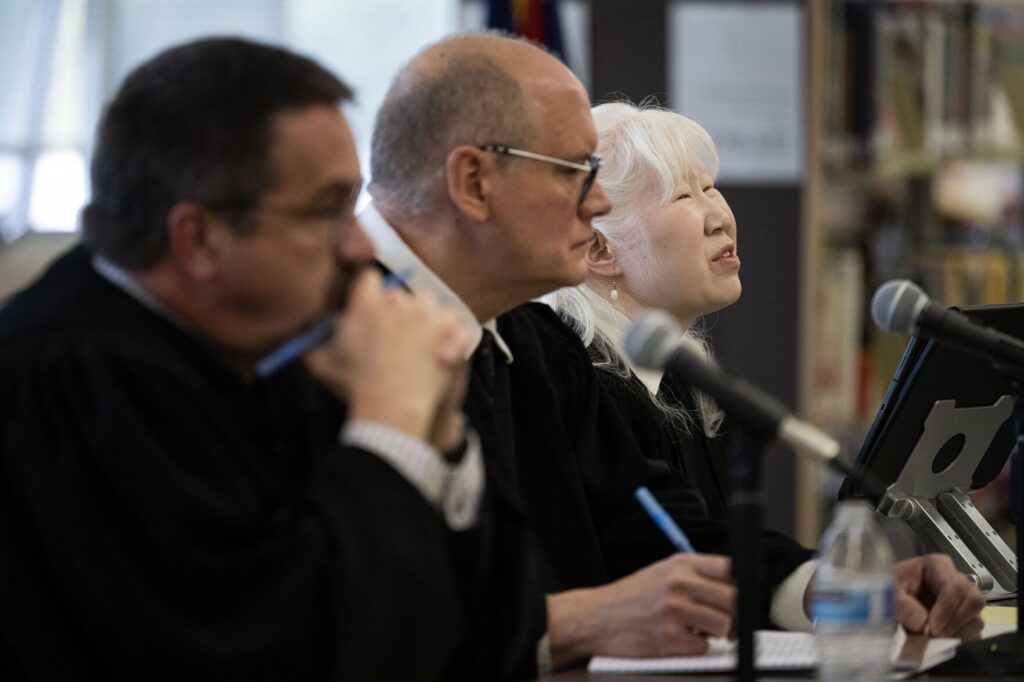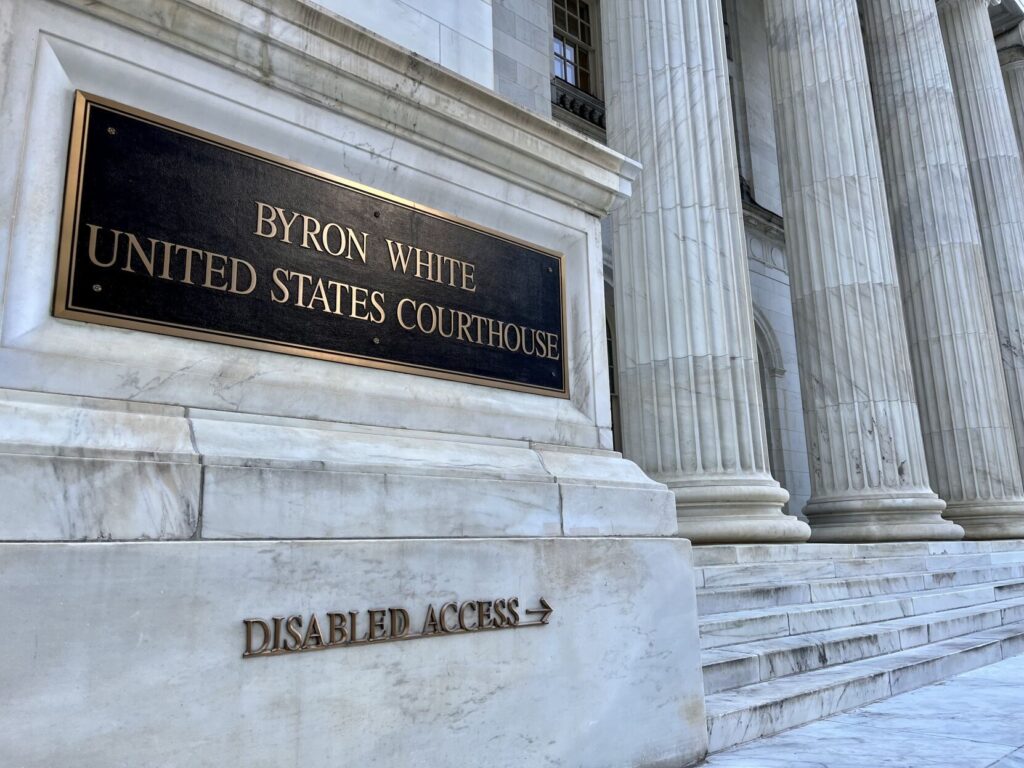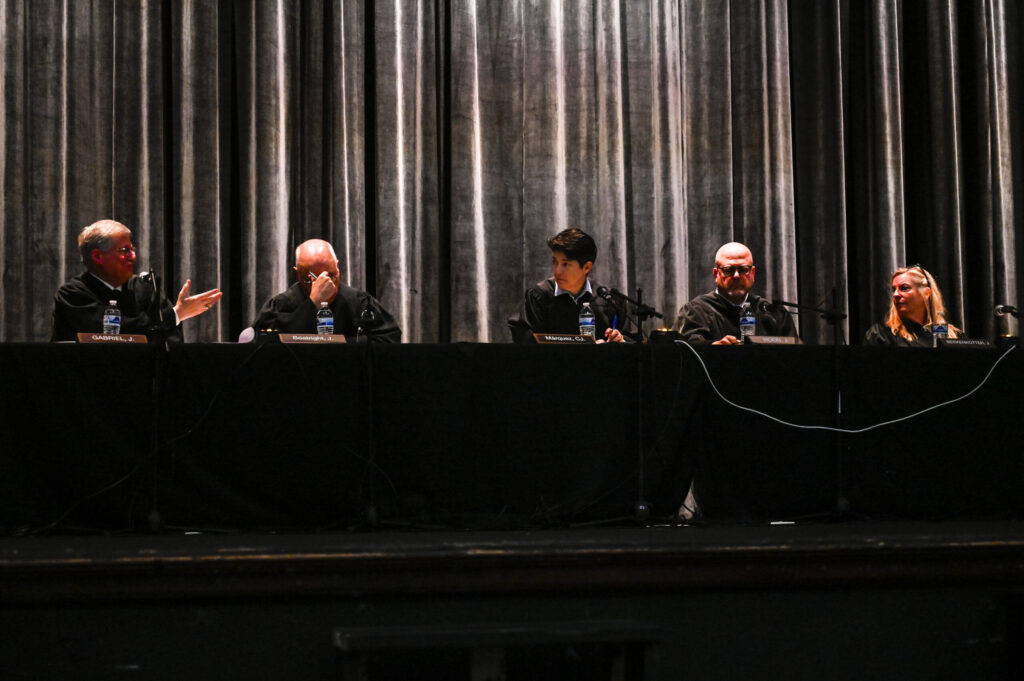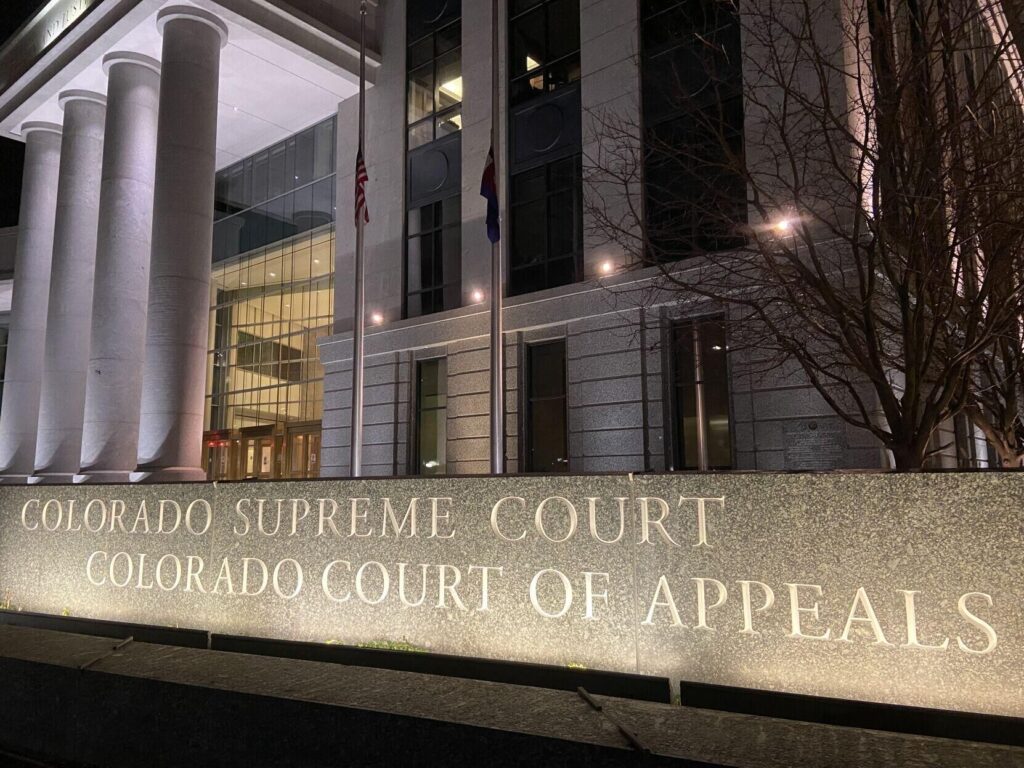Appeals court clarifies excessive force standards under new landmark Colorado law on policing
For the first time on Thursday, Colorado’s second-highest court clarified that the same standard federal courts use to evaluate excessive force claims applies to the landmark law on policing that state legislators passed in 2020.
The General Assembly enacted Senate Bill 217, also known as the Enhance Law Enforcement Integrity Act, amid global demonstrations following the killing of George Floyd by a police officer in Minneapolis. Among other features, SB 217 authorized lawsuits against police officers for violations of people’s rights under the Colorado Constitution.
In an April 25 opinion, a three-judge panel for the Court of Appeals concluded state judges, when applying the new law, should employ the same standard federal judges use when examining excessive force claims: whether an officer acted with “objective reasonableness.” The factors to consider include the severity of a suspect’s offense, any imminent threat posed to officers and whether a suspect is resisting arrest.
“But these factors are not exclusive, and courts must focus on the totality of circumstances confronting an officer in each particular case, rather than relying on a mechanically applied test,” added Judge Katharine E. Lum for the panel.
Although federal law has long enabled constitutional rights lawsuits against state officials, plaintiffs face the hurdle of qualified immunity, which shields government employees from civil liability unless they violate a person’s clearly established legal rights. In practice, federal judges routinely dismiss constitutional rights lawsuits because an officer was not on notice, through prior court decisions, that their conduct was unreasonable.
Colorado lawmakers, in contrast, barred qualified immunity in state cases through SB 217.
In the appeal of James Woodall, who was shot four times by a Castle Rock police officer, outside groups argued to the Court of Appeals that excessive force claims are relatively new to state judges and it was necessary to clarify how they should be handled.
“Rather than painstakingly developing an independent and potentially inconsistent and confusing body of law regarding excessive force claims, Colorado’s courts should look to Federal jurisprudence,” wrote the Colorado Municipal League to the court.

SB217 sponsors (from left) Sen. Rhonda Fields, Rep. Serena Gonzales-Gutierrez and Rep. Leslie Herod (far right) stand with the parents of De’Von Bailey, who was shot in Colorado Springs while he was running away from an officer, while Gov. Jared Polis signs the historic measure.
Woodall alleged that in December 2020, Officer Luke Godfrey responded to a call about a “physical domestic” incident, with Woodall potentially suicidal. Godfrey arrived to see Woodall standing in the street, 110 feet away, holding a knife. Godfrey was armed with a less-lethal “specialty impact munitions” gun, which allegedly sounds like a regular firearm.
Also on the scene was Officer James Dinges, who was armed with an AR-15 rifle. Without announcing he was doing so, Godfrey shot at Woodall, prompting Dinges to also open fire in an act of alleged “sympathetic fire.” Four of Dinges’ bullets penetrated Woodall.
Woodall filed suit solely against Godfrey, on the theory that his decision to fire his less-lethal weapon from a distance would have reasonably caused Dinges to react with his semiautomatic rifle, inflicting excessive force upon Woodall.
In a January 2023 order, District Court Judge Andrew Baum believed large swaths of Woodall’s allegations were non-starters, primarily about what a reasonable officer in Godfrey’s position would know or do. Although Baum acknowledged the federal standard of objective reasonableness, he dismissed the lawsuit by imposing a much higher burden to prove a constitutional violation.
There were no allegations that Godfrey’s conduct “was grossly disproportionate to the need for action; was inspired by malice rather than merely carelessness; or demonstrated unwise, excessive zeal amounting to an abuse of official power that shocks the conscience,” wrote Baum.

Denver Police Department officers clear a man who fell to the street after they used tear gas and rubber bullets to disperse a protest outside the State Capitol over the death of George Floyd, a handcuffed black man who died in police custody in Minneapolis, late Thursday, May 28, 2020, in Denver. (AP Photo/David Zalubowski)
On appeal, the Colorado Trial Lawyers Association, which weighed in on behalf of Woodall, argued Baum misunderstood how he should treat Woodall’s allegations and did not recognize state lawmakers intended to provide robust protections to plaintiffs under SB 217. The Colorado Municipal League, writing in favor of Godfrey, warned that a “reduced legal threshold” for excessive force claims would affect recruitment and retention for police departments.
The appellate panel agreed with all parties that judges should look at whether an officer objectively acted reasonably when using force. Baum, however, did not do that.
“Woodall must allege that Godfrey knew or should have known that firing the SIM shotgun would cause Dinges to use excessive force against Woodall,” wrote Lum. “Woodall’s complaint meets this requirement.”
She added that considerations of an officer’s “malice” or “conscience-shocking conduct” are either irrelevant or apply to a different category of constitutional claims.
Mari Newman, an attorney who helped craft SB 217 and also authored the supportive brief from the trial lawyers association, said she was pleased the Court of Appeals rejected the “more hostile standards” Baum applied in his order. However, she noted SB 217 also requires officers to use nonviolent force “when possible” before resorting to physical force.
“The reasonableness standard under Colorado state law should be more protective of the civilian” than federal law, she said. “Under Colorado law, courts should presume any use of physical force is excessive and violates the plaintiff’s rights under these applicable circumstances. The defendant then has the burden of showing that nonviolent means would be insufficient.”
The case is Woodall v. Godfrey.



